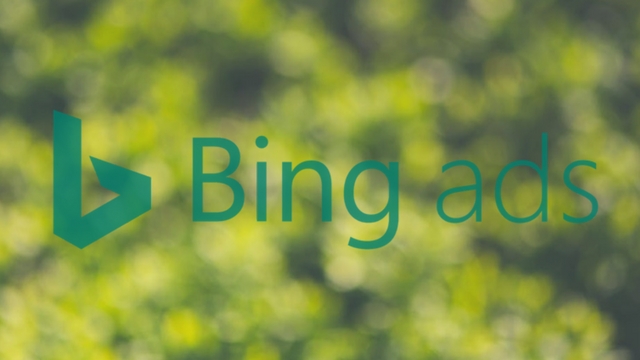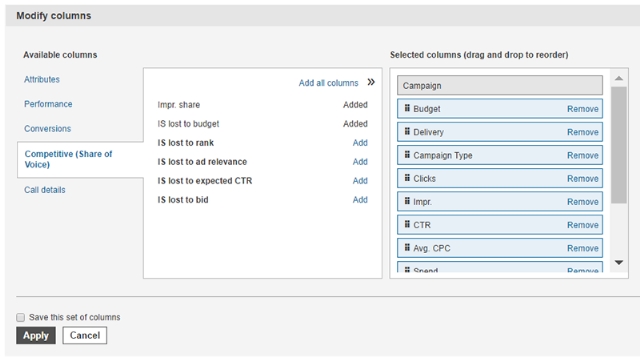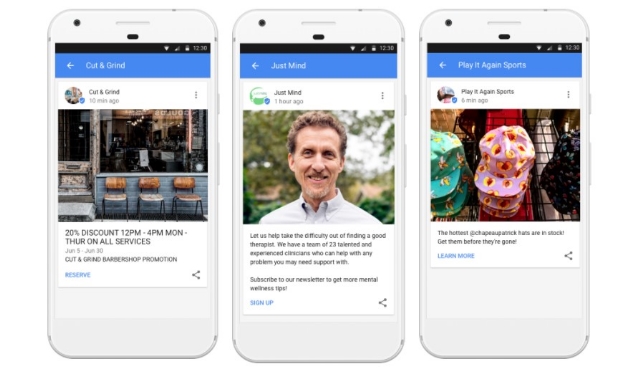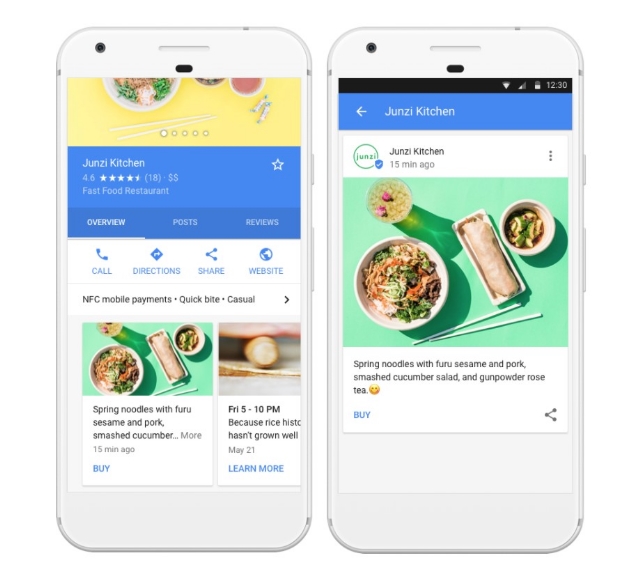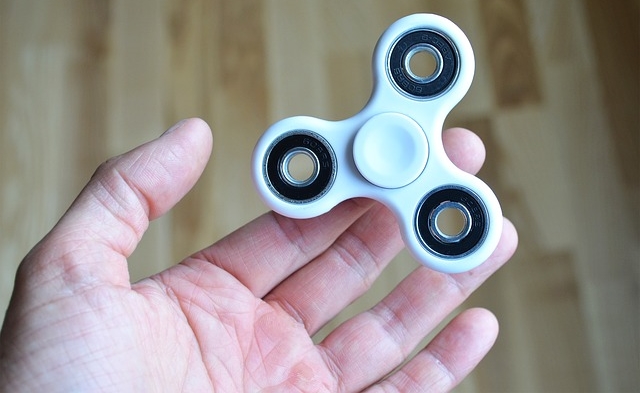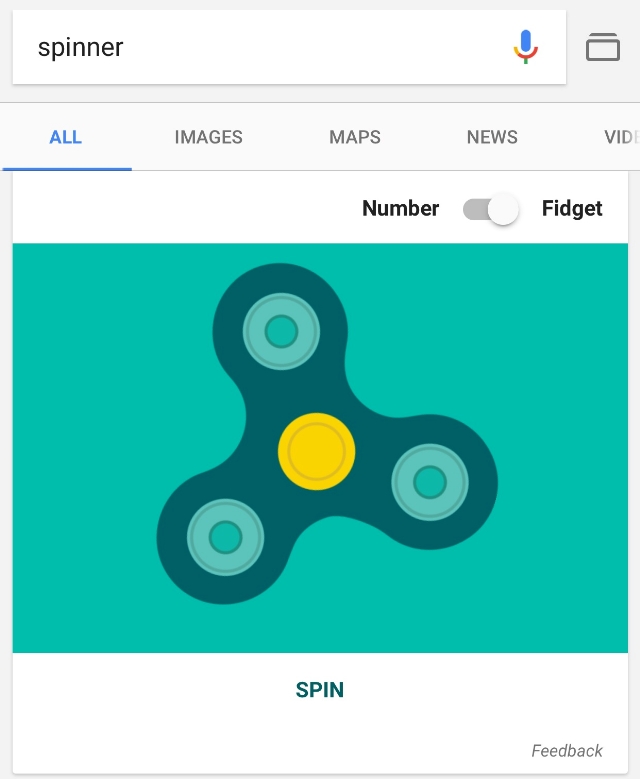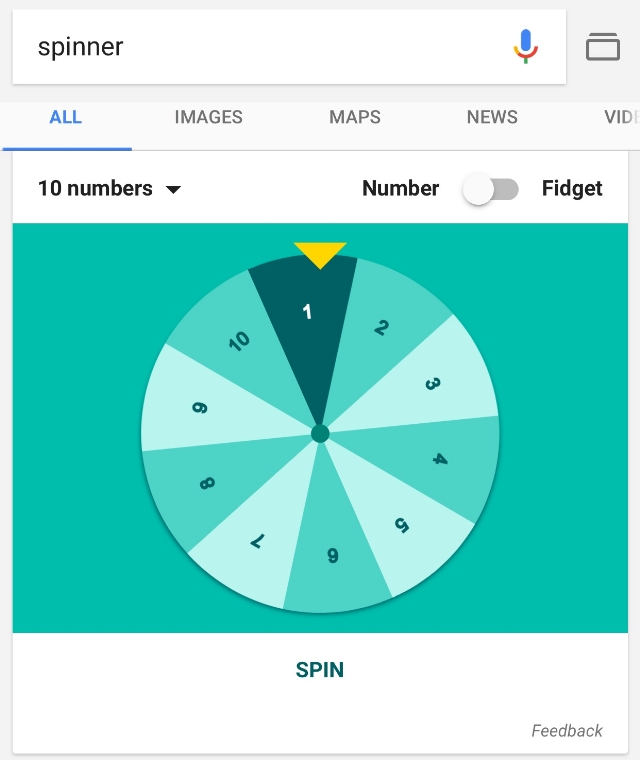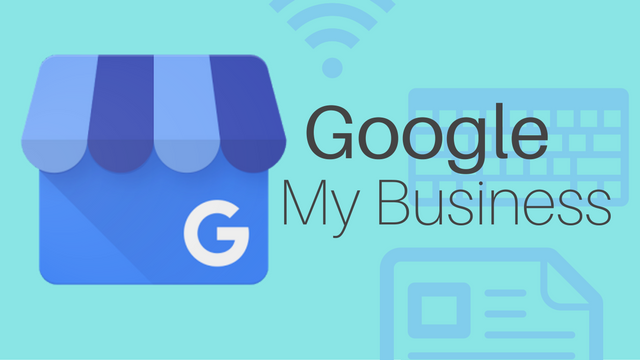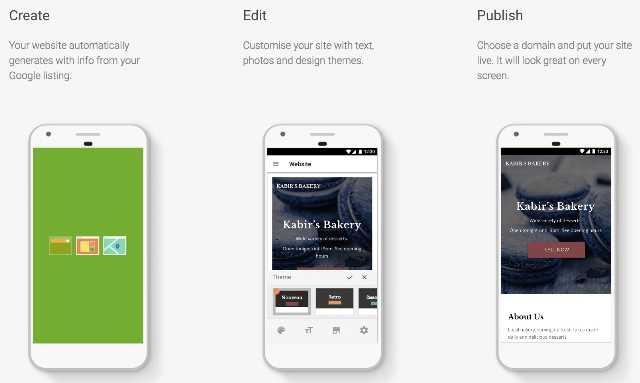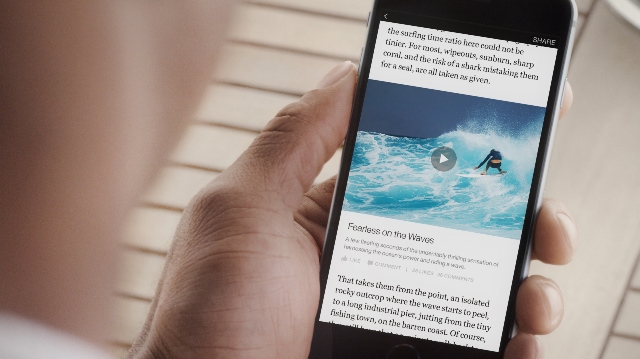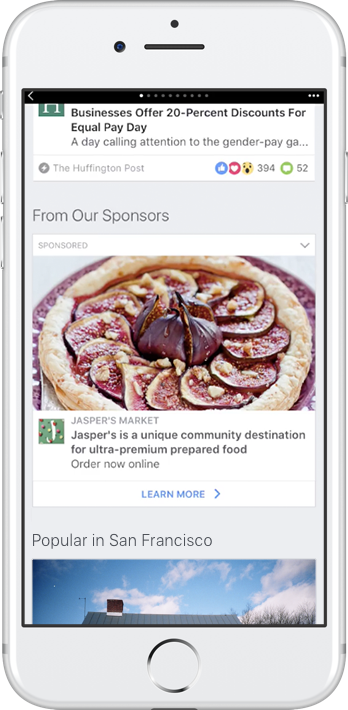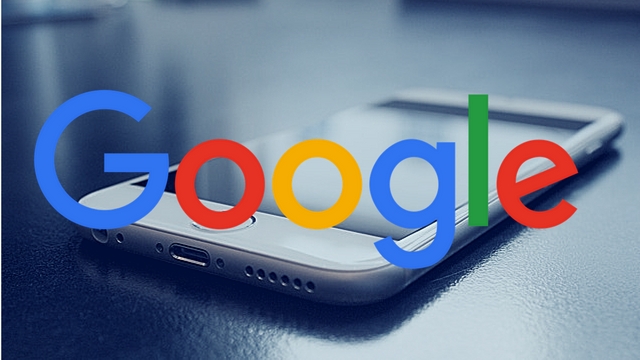
In an increasingly mobile world, the speed of your website can be a major make-or-break point for any business. Estimates suggest most sites lose half or more of their visitors just while their page is loading because people aren’t willing to wait around.
So, how can you fix your site and make it lightning-fast? Google can tell you specifically what you need to do with its Test My Site tool, which just received a new set of features this week.
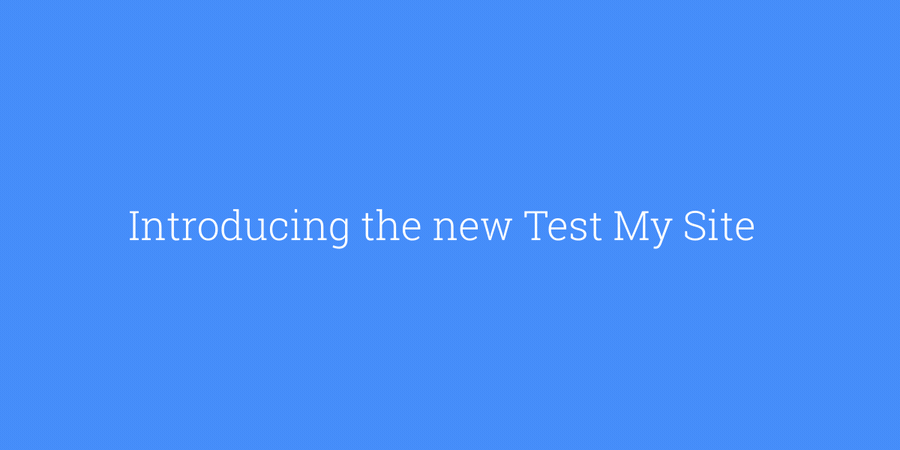
Now, the tool can tell you a number of things about your site, including:
- Your site’s mobile speed
- The number of visitors you may be losing
- How you compare to the competition
- Specific recommendations about how to make your site faster
To show just how effective it can be to make your site faster, Google points to a case study from a Nashville fencing company. According to Google, Yard Dog Fence Company managed to double its sales just by following the recommendations suggested by the Test My Site Tool, such as reducing image size.
The days of waiting around for minutes while a website loads are gone. These days, people are likely to leave if your page hasn’t rendered in five seconds or less. It may seem like a tough challenge to speed your site up that much, but the Test My Site Tool will give you an actionable list made specifically for your site. With that as a roadmap, you’ll be able to make the changes you need to supercharge your site, improve your traffic, and increase conversions.

